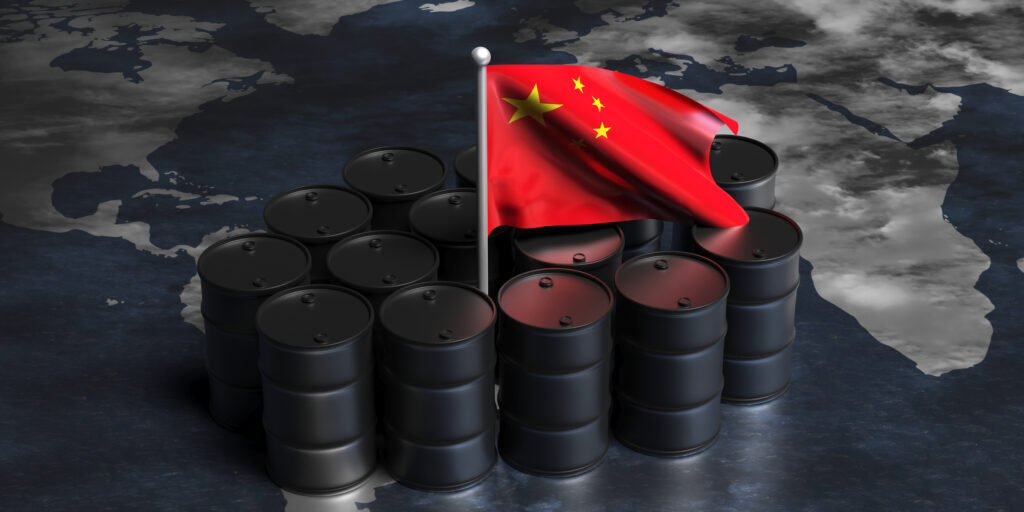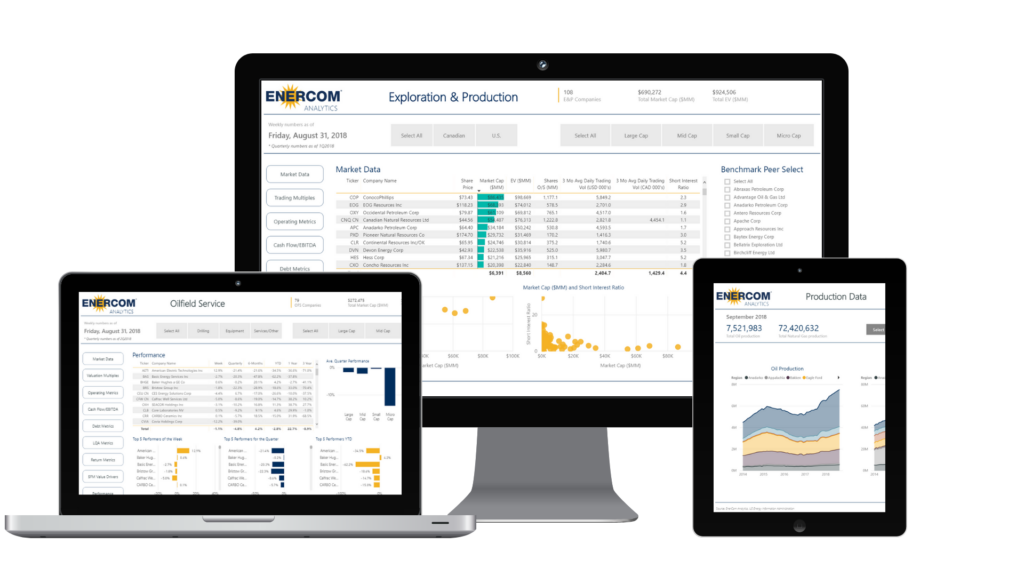(Oil Price) – Despite the trade talks breakthrough the United States and China announced earlier this week, Chinese imports of U.S. energy will remain at near zero levels, at least over the summer, while the world’s two biggest economies are negotiating a possible trade deal.
The U.S. and China on Monday announced a 90-day de-escalation in the trade war, slashing their respective 100%-plus tariffs on each other’s products. U.S. tariffs on Chinese goods are cut to 30% from 145%. The 30% tariff includes the 10% baseline tariff rate for all countries, plus a 20% fentanyl-related levy.
China, for its part, is lowering tariffs on most U.S. goods to 10% from 125%.
The de-escalation in the trade war is only a temporary truce and a welcome respite for markets. But uncertainty remains high about where talks will go in the next few months and what the U.S. Administration’s ultimate goal of the trade policy with China is, analysts say.
But de-escalation will not push China to resume buying U.S. energy goods, considering the small 90-day window during which talks could go either way.
Moreover, China effectively killed imports of U.S. oil, LNG, and coal as early as in February, when it placed a 10% tariff in the first retaliatory move against President Donald Trump’s tariff escalation policy.
Among energy products, imports of U.S. liquefied petroleum gas (LPG) declined by 36%, and purchases of metallurgical coal used in steelmaking plunged by 62% in March from a year earlier.
China has the ability to source its oil, LNG, and coal from elsewhere, and these commodities represented small shares of overall Chinese energy imports anyway.
Despite the tariff pause, U.S. LNG remains commercially unviable into China, Kpler says.
“Weak fundamentals, persistent tariffs, and ample inventory continue to suppress Chinese appetite for US LNG cargoes, limiting the near-term recovery of transpacific flows,” the analysts at Kpler said.
U.S. LNG exports to China crashed by 70% in the first quarter, and there have been no deliveries into China in more than 40 days. The tariff pause will not make much of a difference because U.S. LNG is still subject to a 25% tariff in China, “keeping it economically uncompetitive,” Kpler said.
Beyond the immediate future, China could restore some imports of U.S. energy if some kind of a deal similar to the Phase-One deal during President Trump’s first term in office is reached, Reuters columnist Clyde Russell notes.
Even if a deal is reached, history has shown that China failed to buy the pledged incremental value worth U.S. energy goods, also due to the period of Covid restrictions.
However, the path to any deal is long and winding as the U.S. and China are yet to begin negotiations about the details of a trade agreement.
“The current agreement is still just a pause, and specifics of a comprehensive deal remain unclear,” J.P. Morgan said.
Future progress will likely be phased and U.S. energy commodities are likely to be contentious points in talks, alongside U.S. agricultural products and strategic sectors such as semiconductors and pharmaceuticals, the bank noted.
“Trust between the two countries remains low, making future deals, especially on structural issues, challenging and time-consuming,” according to J.P. Morgan.
“The U.S. administration’s mixed hawkish and dovish approaches suggest that future policy towards China will likely remain fragmented.”
By Tsvetana Paraskova for Oilprice.com







